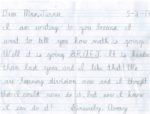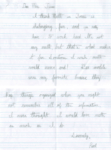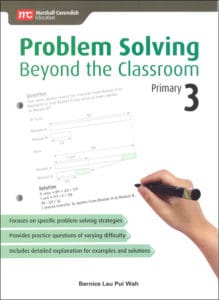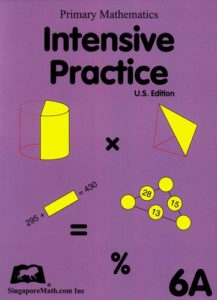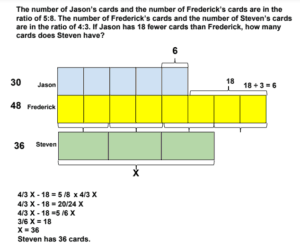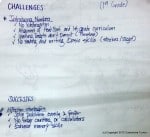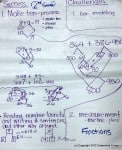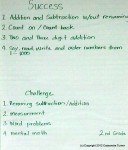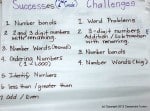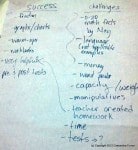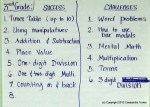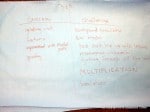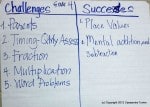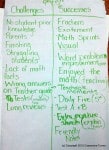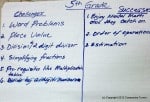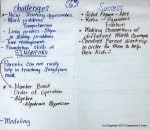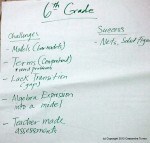Word Problem Wednesday was such a hit, we’re going to continue through the year with one problem a month.
This problem comes from Dimensions Math 6A by Bill Jackson and Kow-Cheong Yan published in 2016 by Star Publishing Pte Ltd and Singapore Math Inc: 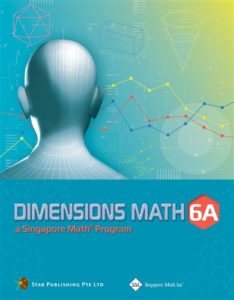
Esther has 3/5 as many e-books as Tim. After Tim deleted 18 e-books, they both had the same number of e-books on their tablets. How many e-books did Tim have at the start?
Submit your solutions and we’ll post all interesting strategies.
The previous problem came from Problem Solving Beyond the Classroom Primary 3 by Bernice Lau Pui Wah, published in 2013 by Marshall Cavendish International (Singapore) Private Limited. published in 2004 by SingaporeMath.com Inc:
Tank A has a capacity of 1 l 820 ml. Tank B has a capacity of 860 ml less than that of Tank A but twice as much as Tank C. Find the Capacity of Tank C.
How did you do?
